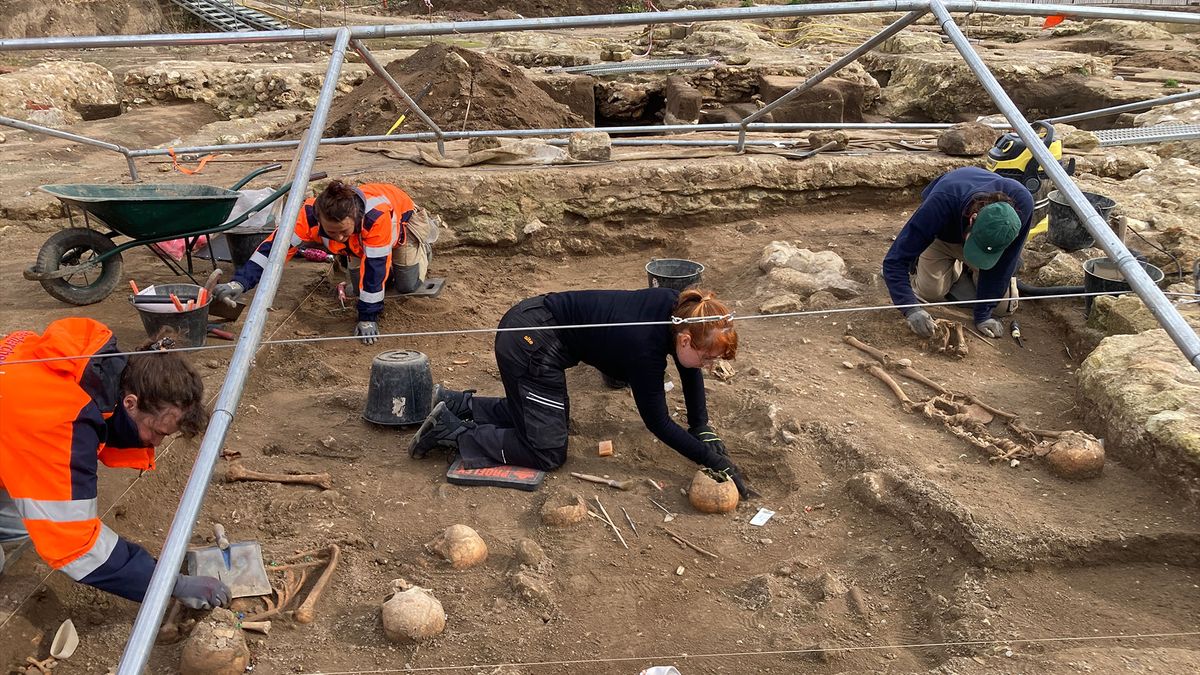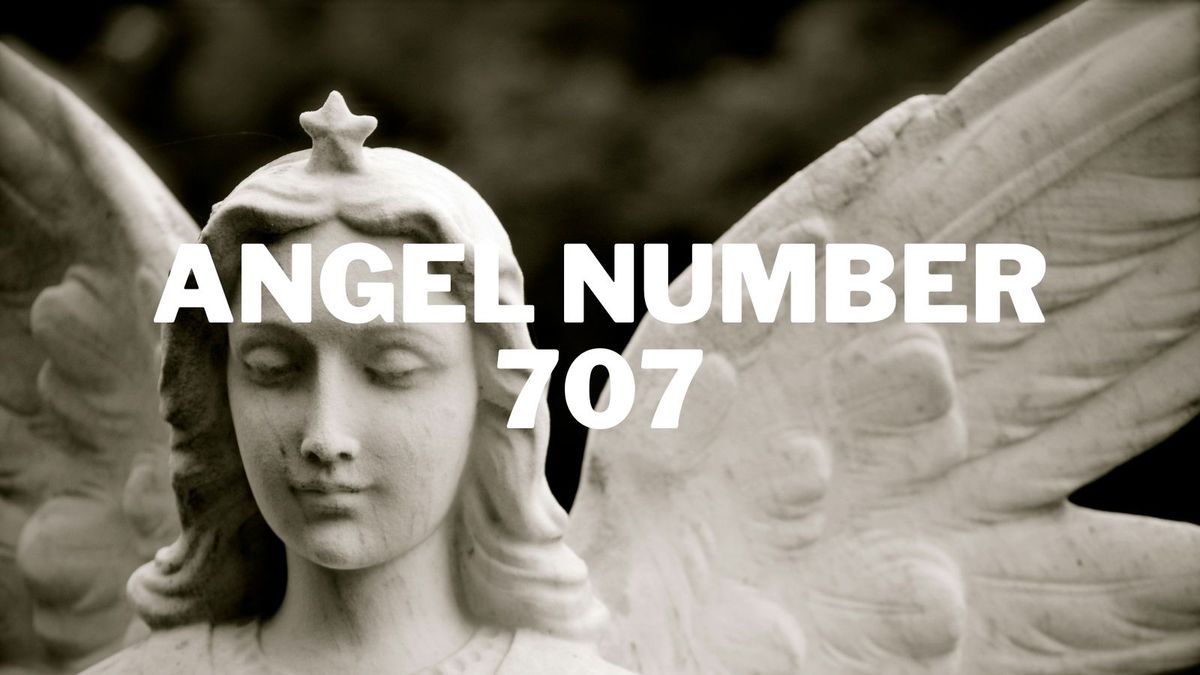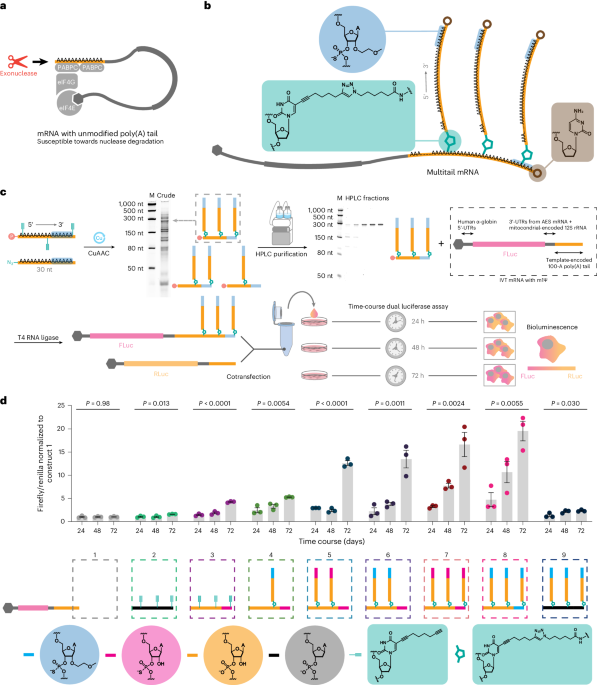[ad_1]
The excavation of a medieval French abbey has revealed more than 1,000 burials, including those of plague victims, in its cemetery as well as the remains of a nearly 1,200-year-old village underneath the building.
The dig at Beaumont Abbey reveals almost eight centuries of use before the events of the French Revolution shut it down. This is the first time a European abbey has been fully excavated, producing new information about the evolution of the Catholic convent.
Located outside of Tours in the Loire Valley of France, roughly 110 miles (178 kilometers) southwest of Paris, Beaumont Abbey was founded in 1002 on a site that had already been occupied by the village of Belmons since at least 845. Historical records show that the abbey grew quickly, becoming the largest community of nuns in the province.
Related: Ancient necropolis unearthed just feet away from bustling Paris train station
But in 1789, in the midst of the French Revolution, in which Louis XVI and Marie Antoinette ultimately lost their heads, the abbey and its land were seized by the state and the 46 nuns remaining at Beaumont were expelled. The church and associated buildings were eventually torn down in the early 19th century.
Archaeological excavation began at Beaumont Abbey in September 2022, led by Philippe Blanchard of the National Institute for Preventive Archaeological Research (Inrap), and it was completed in December 2023.
“As it is a unique ensemble,” Blanchard said in a translated statement published on Feb. 16, “we have excavated as many elements of this abbey as possible: the entire church, the entire cloister, all the peripheral buildings, all the facilities, the abbey dwellings, the refectory, the kitchen, the sinks, the parlor, the cellar, the dovecote, the ovens, cisterns, pipes, washhouse, latrines, icebox, dumps” and more than 1,000 burials from different time periods. The team also found physical evidence of the village of Belmons.
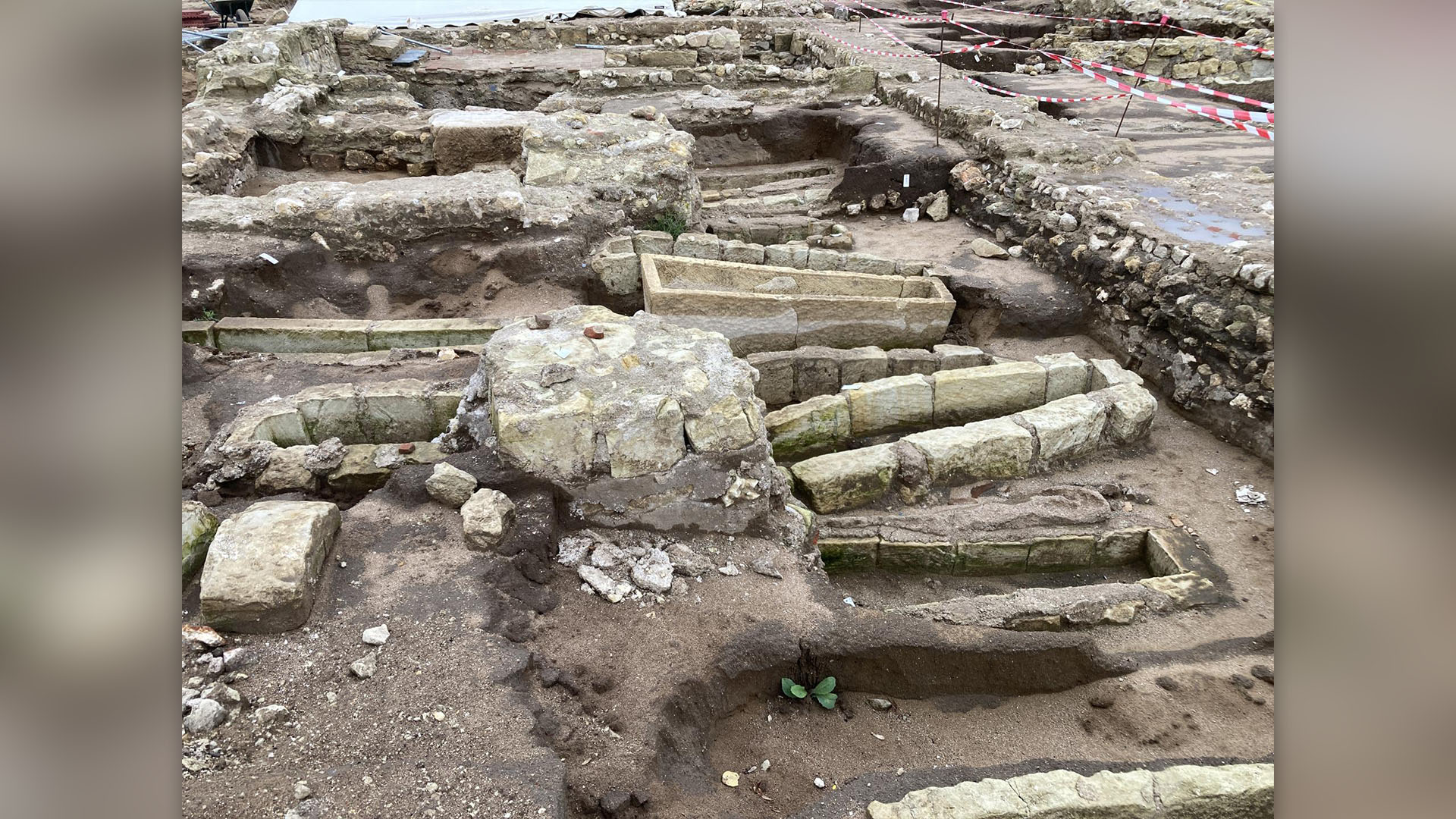
This work has so far shown that the abbey church underwent at least two major structural changes prior to being torn down.
The first incarnation was small with a flat apse — a semicircular structure with a semi-dome roof — which doubled in size around the 11th or 12th century. Another century or two later, the church grew with the addition of an ambulatory, meaning aisles along the nave, or central part of the church that holds the congregation.
But smaller-scale renovations were also happening over the eight centuries the abbey was in use. “They add rooms, redo tiles, add toilets; they are constantly changing,” Blanchard said.
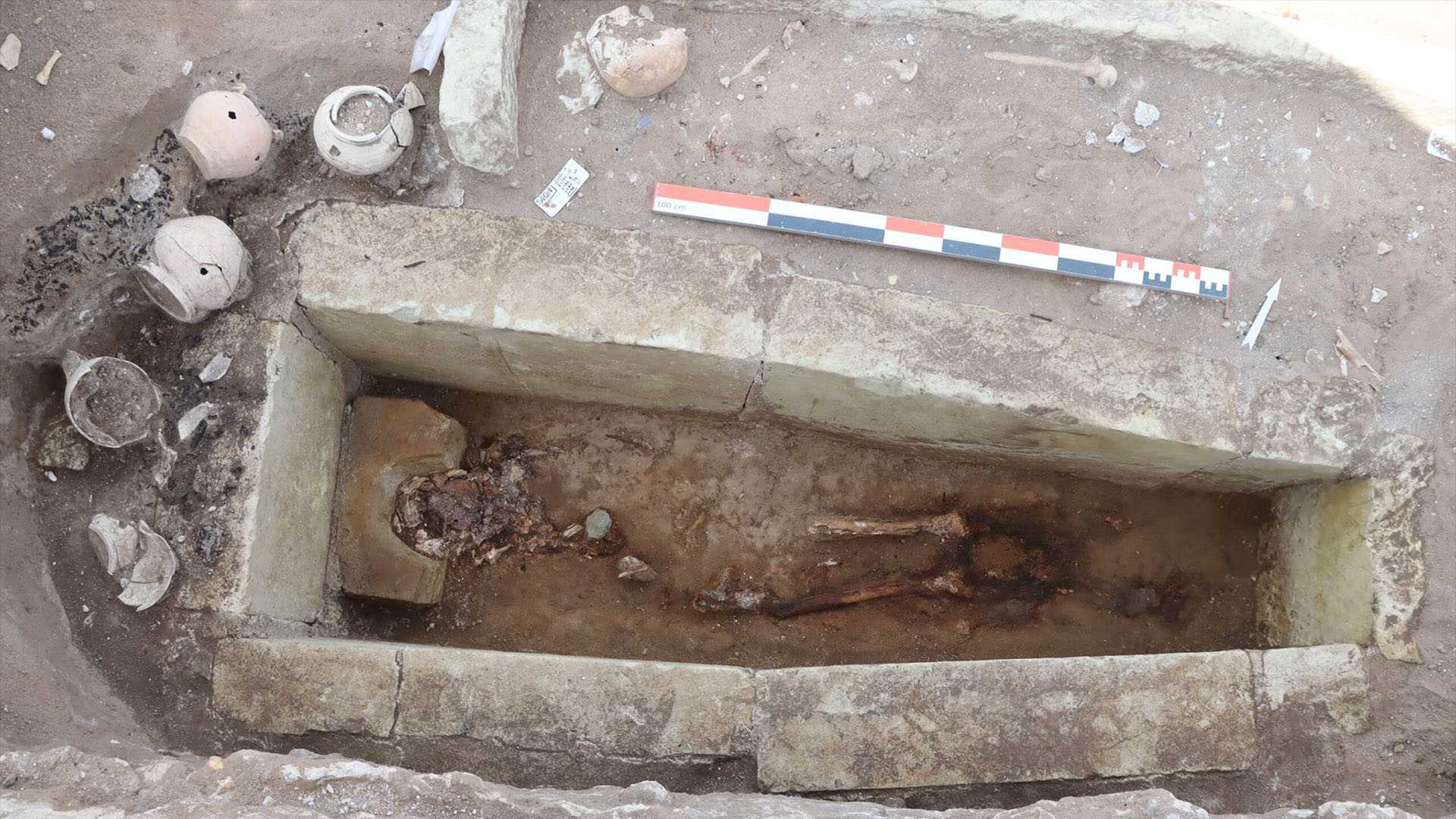
Like the abbey, the cemetery at Beaumont also grew over time and was used by several groups, including the nuns themselves and the servants who worked at the abbey. Analysis of the recovered skeletons has only just begun, but Blanchard hopes to determine where the people came from, what they ate, and what the state of their health was.
“We know that a plague epidemic occurred in 1563,” he said, “and that in the same week, nine nuns — two of them on the same day — died and were buried in the same grave.”
There may also be high-ranking church members among the tombs, as texts mention an abbess’s tomb buried with a dozen pots, Blanchard said. The abbess in question may be Madame de Bourbon-Condé, a granddaughter of Louis XIV. She became a nun around 1720 and the abbess of Beaumont in 1732, and she died in 1772. The abbess likely lived a relatively comfortable life, with her own home and servants who ran it. An 18th-century porcelain tea service discovered during the dig suggests the nuns imported fine ceramics from China, likely at great expense.
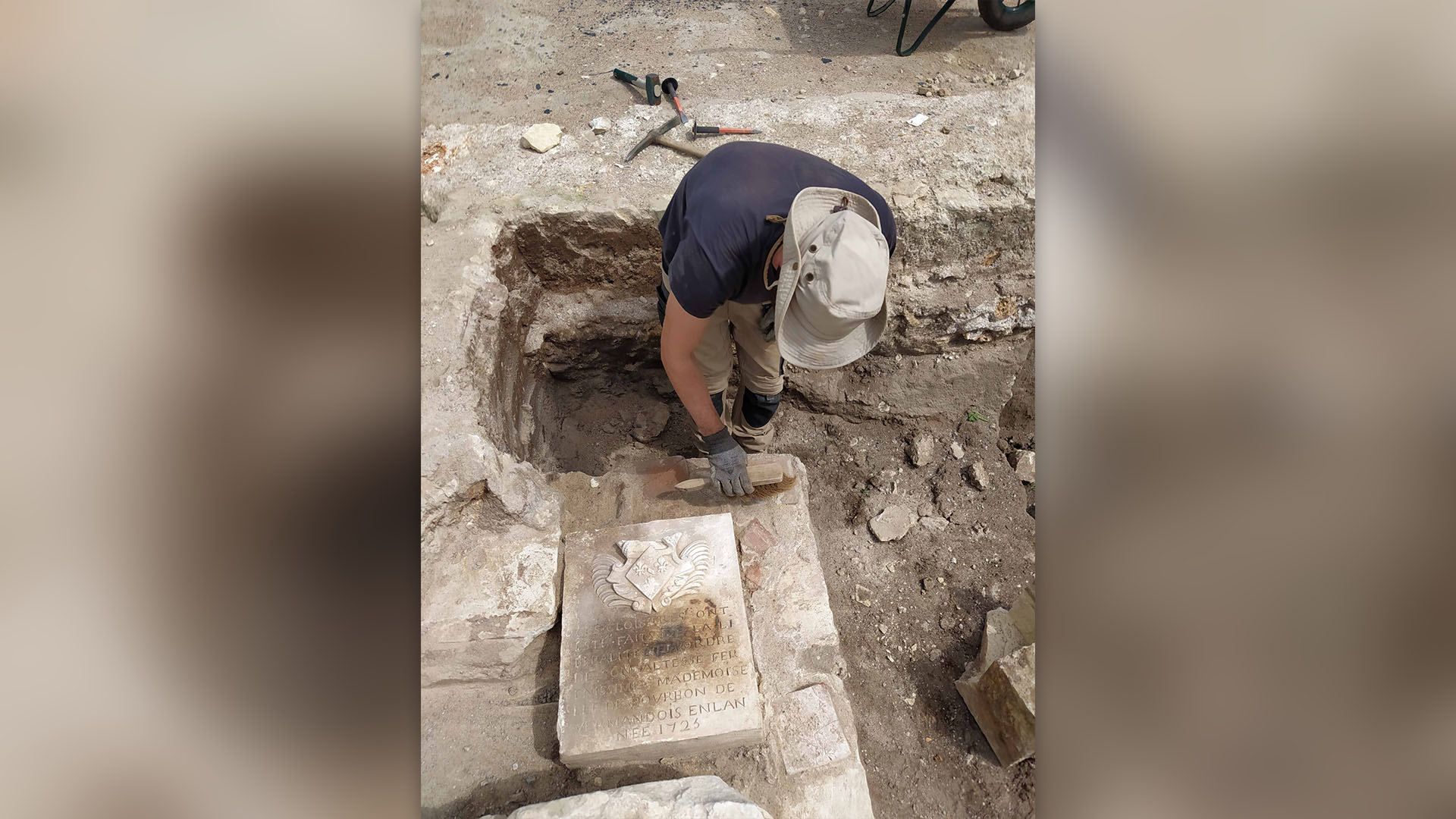
While Madame de Bourbon-Condé’s burial vault has likely been discovered, as there is only one such vault in the church, Blanchard said that only a few bones and ceramics were present and the tombstone was recovered elsewhere at the site.
“This tomb, necessarily very visible, is [we must imagine] one of the first which was opened during the Revolution,” Blanchard said. At the time, lead was scarce, and burial vaults were opened so that lead coffins could be used to make so-called patriot bullets for the Revolutionary Armies.
The archaeological excavation has now been completely filled in, allowing new development to go forward, according to Blanchard. After 14 months of work in the field, “the great scientific and human adventure now continues with the laboratory study of the data collected,” Blanchard wrote on his website Chroniques de Beaumont.
Maqvi News #Maqvi #Maqvinews #Maqvi_news #Maqvi#News #info@maqvi.com
[ad_2]
Source link





































